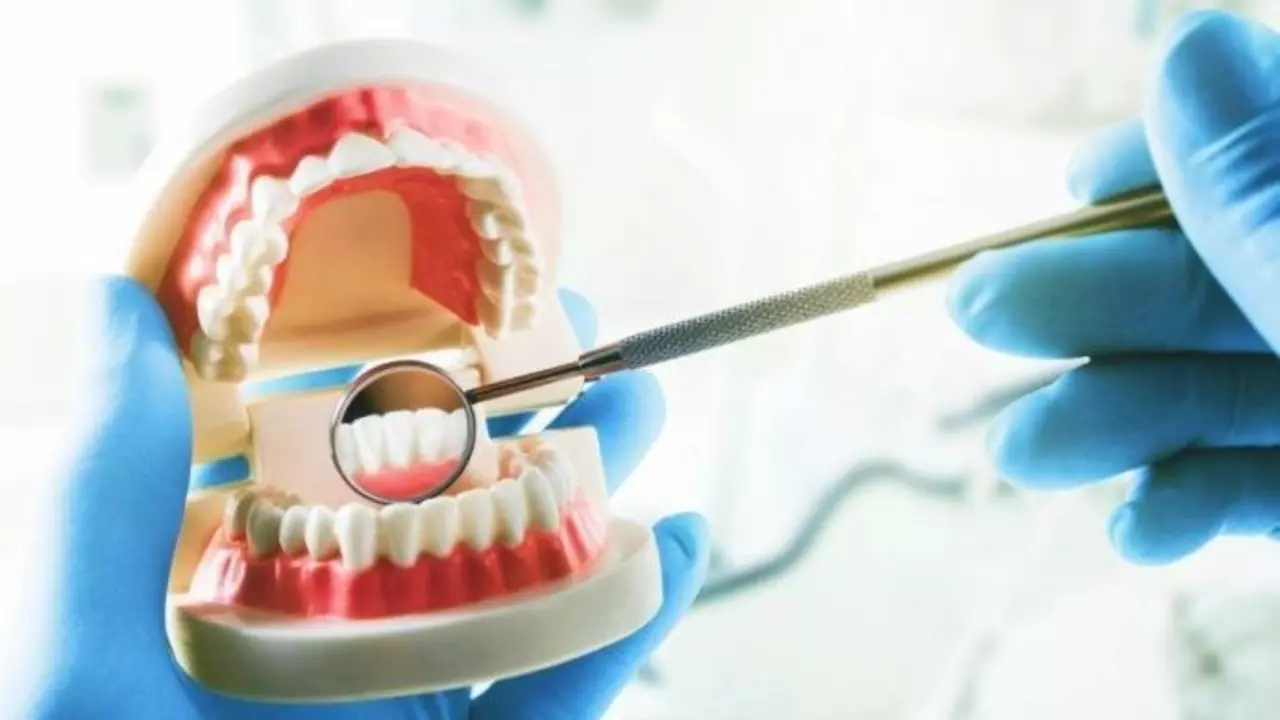Reperfusion Injury: What Happens When Blood Comes Back
You've probably heard that getting blood back to an injured or blocked area of your body is a good thing. It is! But sometimes, the return of blood flow can cause extra damage called reperfusion injury. This happens because when blood rushes back into tissue after being cut off, it triggers a burst of inflammation and harmful chemicals.
Why does this burst happen? When tissues are starved of oxygen, cells get stressed. Bringing blood back suddenly floods the area with oxygen and immune cells, which sounds good but can produce free radicals—tiny unstable molecules that harm cells. This adds insult to injury, making recovery tougher.
Where Does Reperfusion Injury Happen?
It mostly shows up after heart attacks or strokes, when doctors work to quickly restore blood flow. You want your heart or brain tissue to survive, but this sudden oxygen flush can cause some cells to die or swell, leading to worse outcomes. It also happens in organ transplants and some surgeries when blood supply pauses then restarts.
How Can You Protect Yourself?
Preventing or reducing reperfusion injury starts with quick, expert treatment. Doctors use medications that calm inflammation or protect cells from free radicals during emergencies. Some lifestyle choices also help your body resist damage better: eating antioxidant-rich foods like berries, staying physically active, and managing chronic illnesses such as diabetes and high blood pressure.
Research continues on ways to block the harmful effects of reperfusion. Some new treatments target the immune response or help cells repair faster. But for now, the best step is early intervention and good overall health to give your body a fighting chance.
Understanding reperfusion injury might sound complicated, but knowing the basics helps you make sense of emergency care and recovery. If you or someone you love experiences a heart attack or stroke, ask your healthcare provider how they handle this risk—it can make a real difference in healing.

